U of T Engineering Innovation Timeline
150 Years of Firsts
U of T Engineering is celebrating its sesquicentennial in 2023, marking a century and a half of innovation and thought leadership.
Here we look back at some of the bold, compassionate thinkers who helped shape a better future and sparked some of the biggest engineering breakthroughs.
U of T Engineering
Innovation Timeline
1921
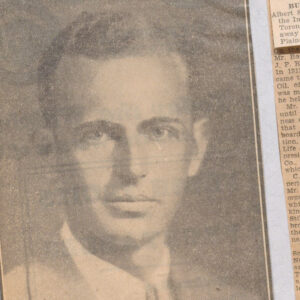
As an undergraduate, Edward S. Rogers creates the first all-electric radio station and is the first Canadian amateur radio operator to transmit a signal across the Atlantic.
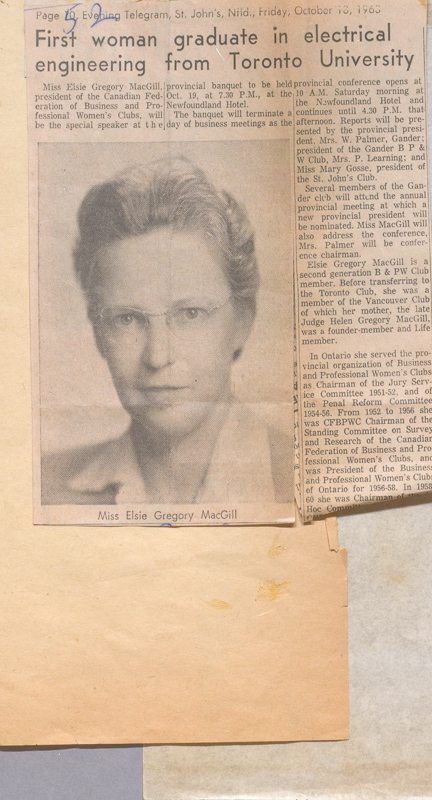
1927
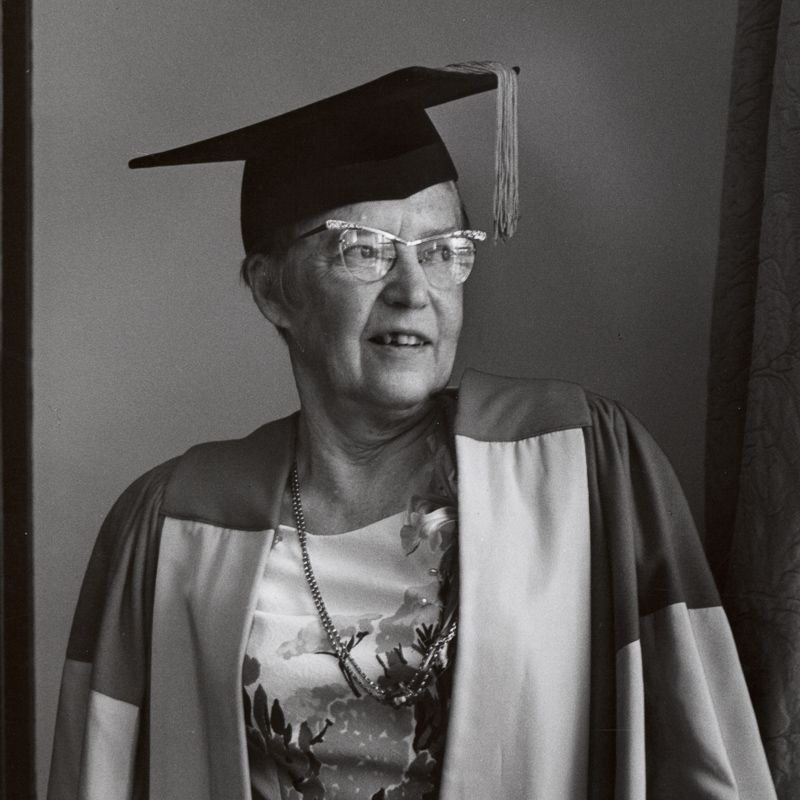
Elsie MacGill (ElecE 2T7) is the first woman in Canada to graduate from electrical engineering. As the world’s first female aircraft designer, she earns the nickname “Queen of the Hurricanes.”
1934
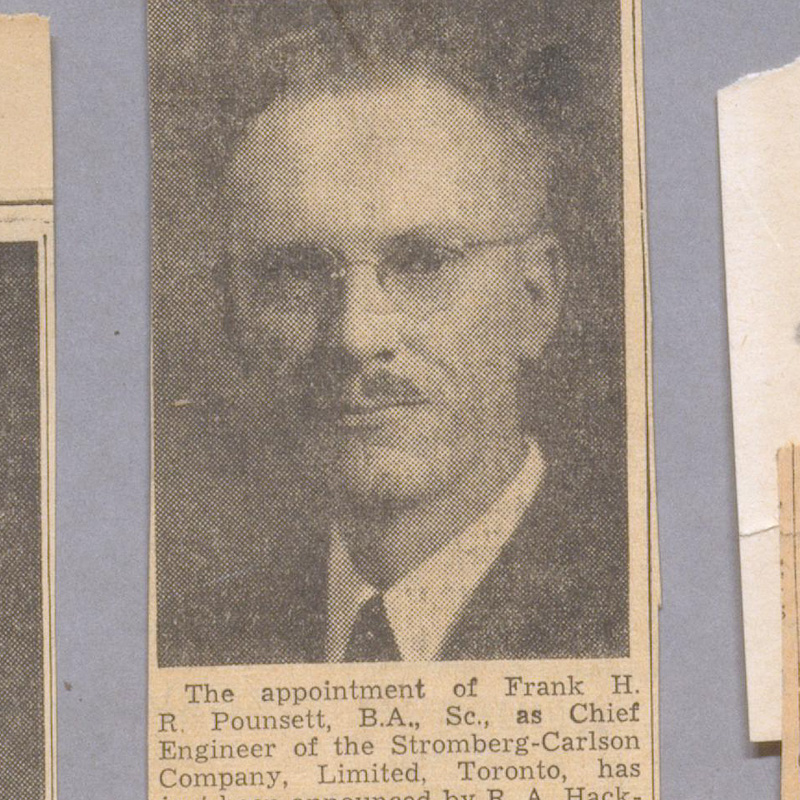
Frank Henry Ralph Pounsett (ElecE 2T8) designs the first car radio for General Motors Canada.
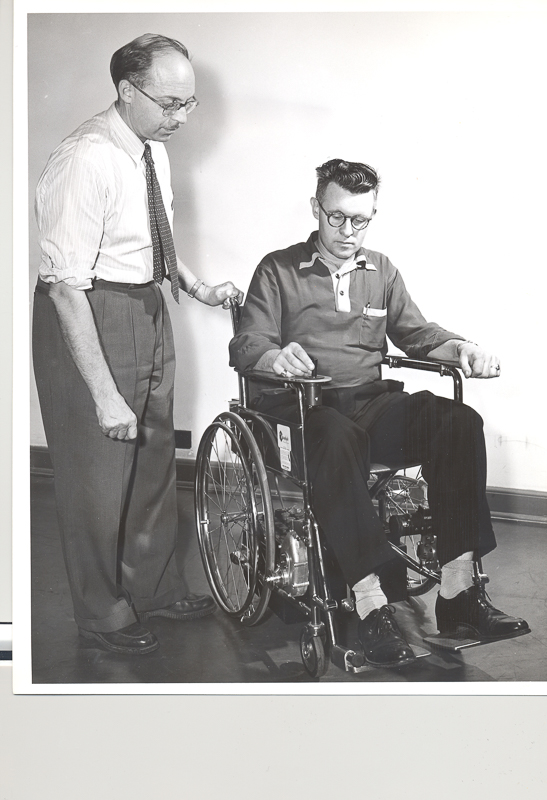
Photo: National Research Council of Canada
1953
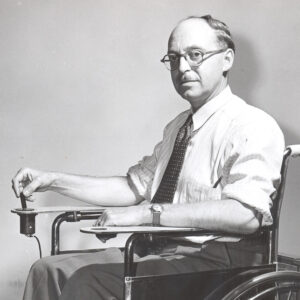
George Klein (MechE 2T8) invents the first electric wheelchair.
1957
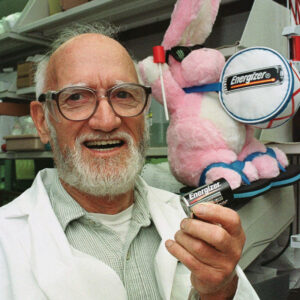
Lewis Urry (ChemE 5T0) develops the first commercially viable alkaline battery, spurring a revolution in consumer electronics. TIME named it one of the 100 greatest gadgets of all time.
1967
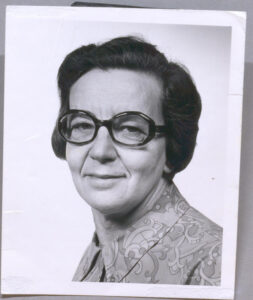
In 1967, Ursula Franklin, a Holocaust survivor, becomes the Faculty’s first female professor. In 1984, she would be the first woman to receive the title of University Professor — the highest academic rank at U of T.

1975
Don Allen, Adjunct Professor, Department of Mechanical Engineering, through his company Vibron, designs the stabilizing rings of the CN Tower, then the world’s tallest free-standing structure and the world’s largest tower.
1980s
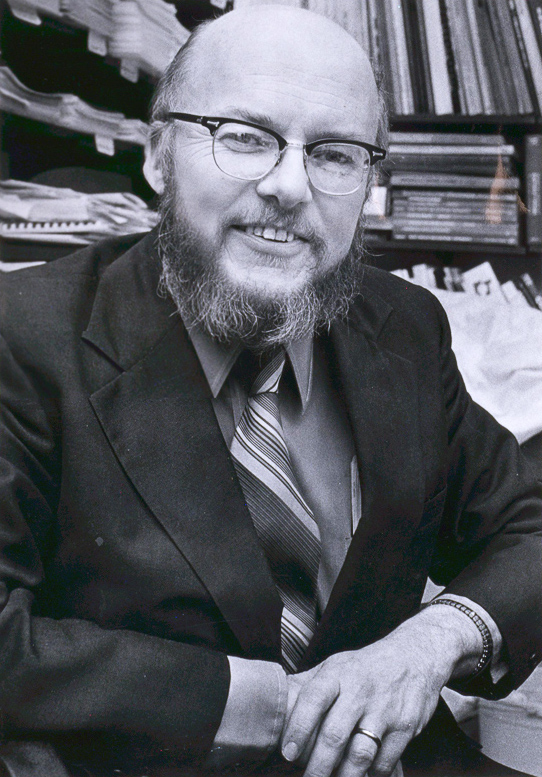
K.C. Smith, a professor of electrical engineering, develops the origins of touch-screen technology.
1981
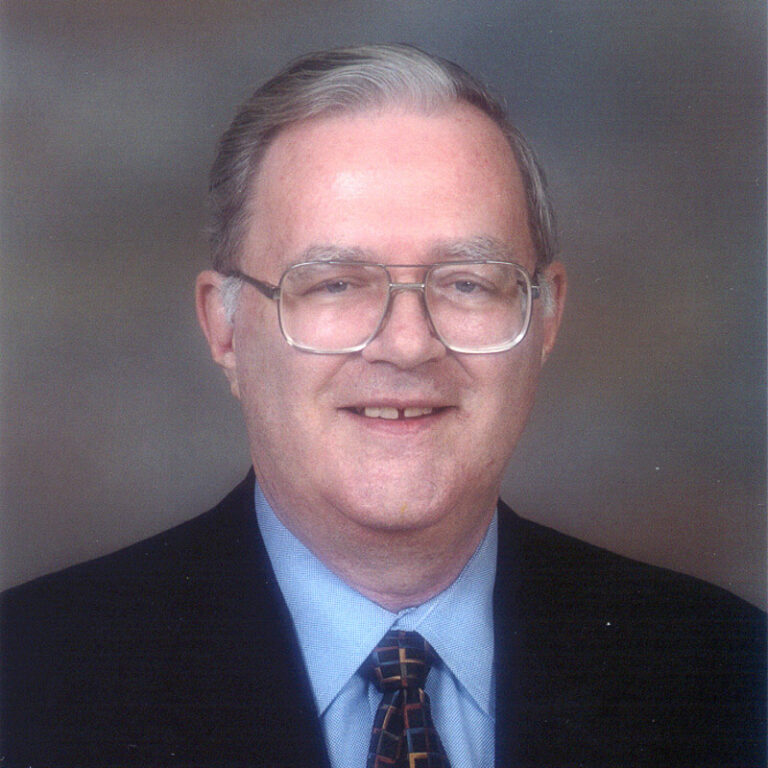
The Canadarm launches, its design made possible by aerospace engineering professor Peter Hughes’s innovative approach to the dynamics of robotic arms with elastic links.
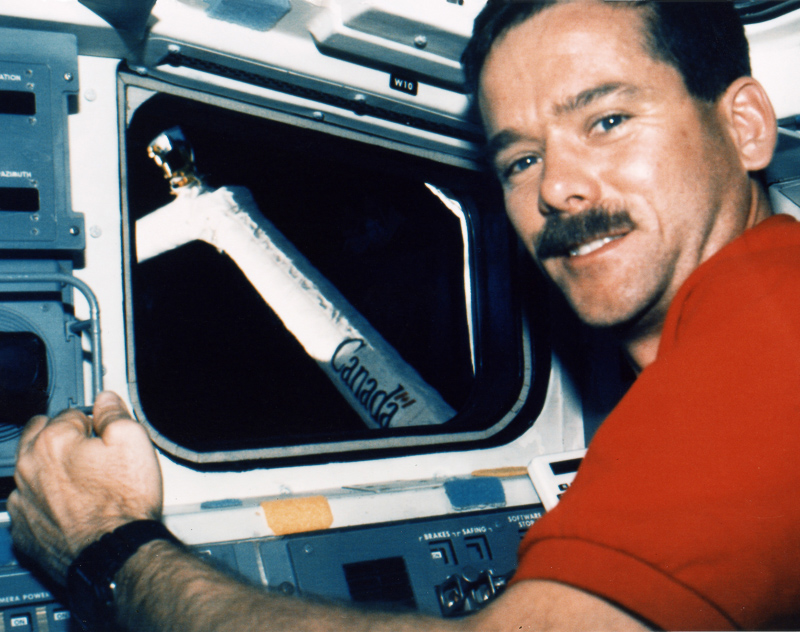
Canadarm photo: NASA
1987
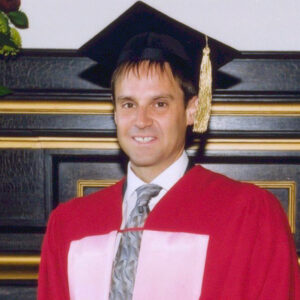
Jeffrey Skoll (ECE 8T7) graduates and eventually becomes the first employee and first President of eBay, the world’s first and largest online auction site.
1996

For the first time, an engineering alum takes home an Oscar: William C. Shaw (EngBus 5T1) wins for Scientific and Technical Achievement, with his three co-inventors of the IMAX projector.
2007
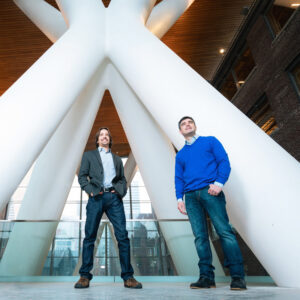
Faculty spinoff Cast Connex introduces customized cast steel structural components to enhance architecture around the world.
2009

Co-created by alumnus Dongjun Wang (ElecE 9T5), the Instant Pot debuts. With millions of units sold, this kitchen appliance quickly becomes a staple in kitchens around the world.
2010
An ornithopter called Snowbird made aviation history by achieving the age-old dream of sustained, human-powered, bird-like flight. The vehicle was conceived and built by a student team, led by alumni Todd Reichert (EngSci 0T5, UTIAS PhD 1T1) and Cameron Robertson (EngSci 0T8, UTIAS MASc 0T9). Weighing less than 43 kg with a wingspan equivalent to that of a Boeing 737, Snowbird represents an engineering feat that was first conceptualized by Leonardo da Vinci in 1485.
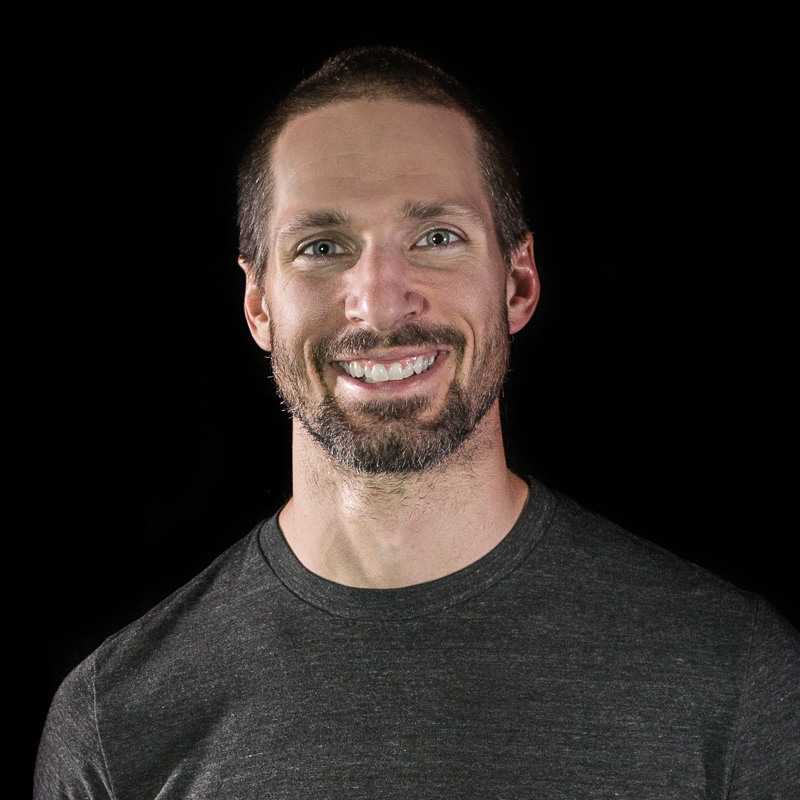
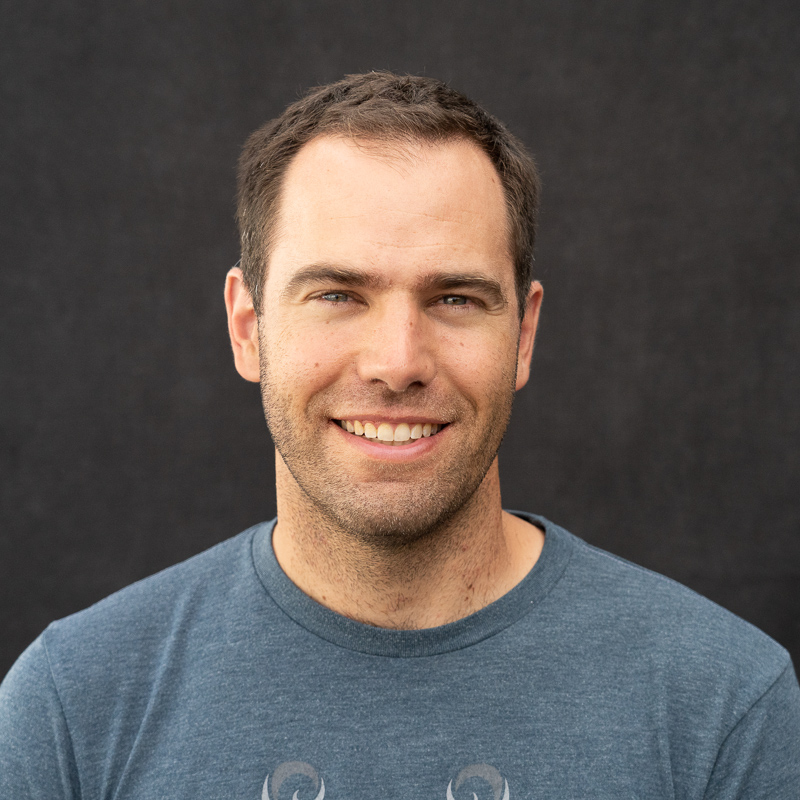
2015
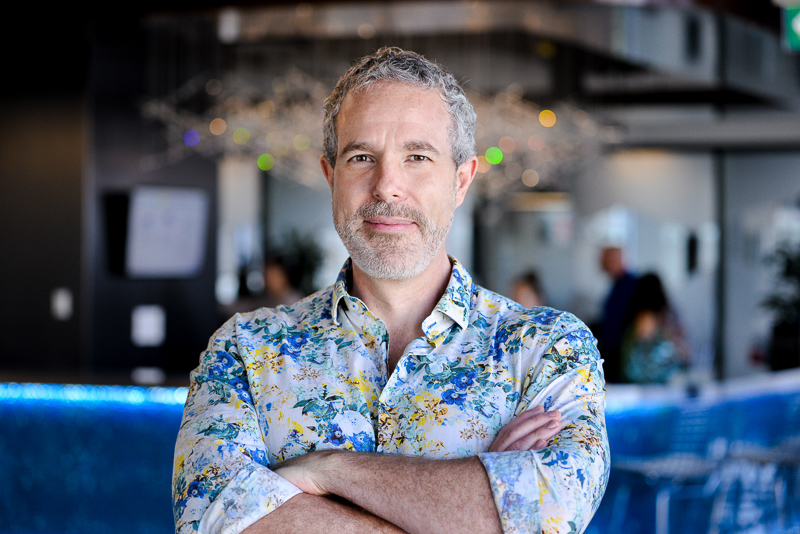
Brendan Frey, a professor of electrical and computer engineering and his co-inventors create Deep Genomics, the first company to combine deep learning and genome biology to study mutations linked to genetic diseases.
2020
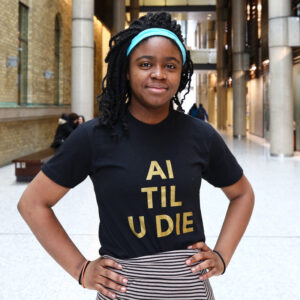
Inioluwa Deborah Raji (EngSci 1T9) is named a Top Innovator Under 35 by MIT Technology Review. Raji is recognized in the Visionaries category for her research on racial and gender bias in facial recognition technologies.
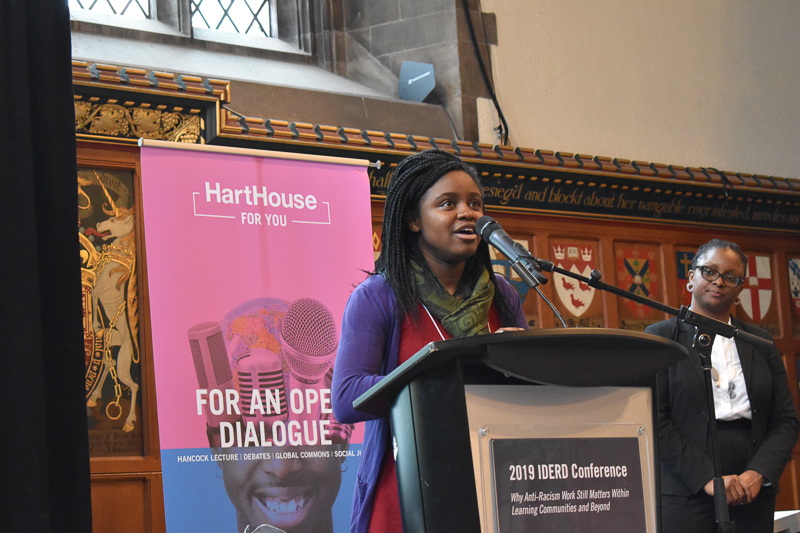
2021
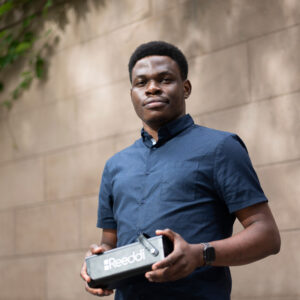
A compact and portable solar-powered battery made by Reeddi, a startup headed by alumnus Olubenga Olubanjo (CivE MASc 1T9), is named one of TIME magazine’s 100 best inventions of the year.
2022

A multidisciplinary team led by Milica Radisic, a professor of chemical and biomedical engineering, grows a small-scale model of a human left heart ventricle in the lab.
As we — the Faculty of Applied Science & Engineering — embark on our next 150 years, we will leverage our distinguished past into a disruptive force that will change the scope and scale of engineering research and education to transform society.